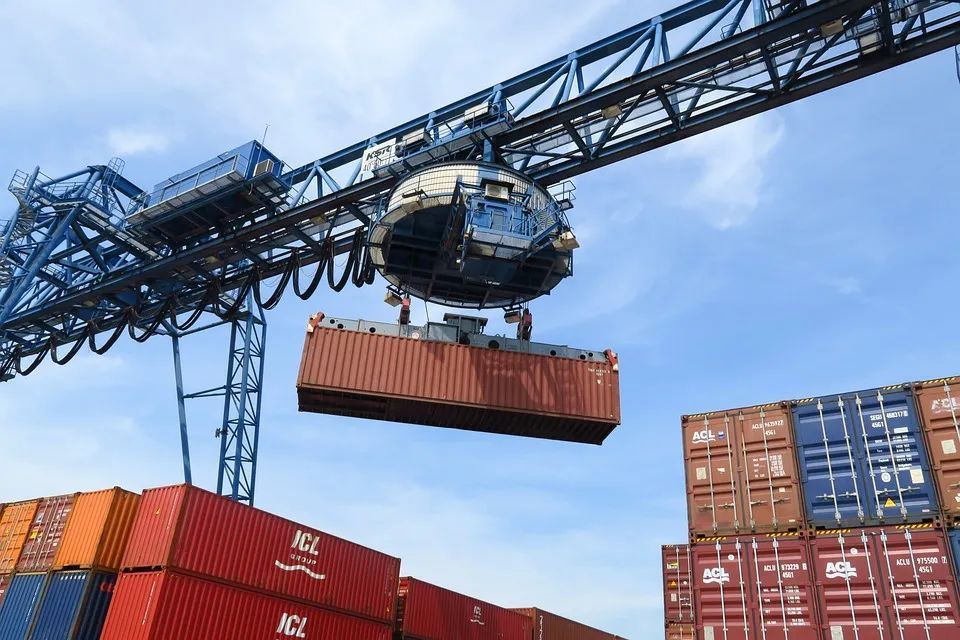Is the bill of lading number and the bill of lading number of the customs declaration the same?
In the actual operation of international shipping, many people take it for granted that the bill of lading number on the customs declaration should be the bill of lading number on the bill of lading.
However, from the perspective of the export supply chain, the bill of lading number on the customs declaration is not necessarily the bill of lading number on the bill of lading.
To figure out the bill of lading number, you need to popularize the basic concept of the ocean bill of lading.
01 What is a bill of lading?
Ocean/Marine Bill of Lading (Ocean/Marine Bill of Lading) refers to the receipt issued by the carrier to the shipper, confirming that the carrier has received the goods listed in the bill of lading and loaded onto the ship. It is the proof of the contract of carriage between the shipper and the carrier. Also represents a document of ownership of the goods.
The ocean bill of lading can be divided into the shipowner's bill of lading and the freight forwarding bill of lading according to the different issuing objects.
The shipowner's bill of lading is what we usually call the master bill MBL (Master Bill of Lading). It is called freight bill or small order.
02 Issuance process of ocean bill of lading
Ocean bill of lading issuance process The general issue process of ocean bill of lading is: the consignor fills out the booking power of attorney and sends it to the freight forwarder, and the freight forwarder books the space from the shipping company to obtain the SO and release it to the consignor. After the consignor loads the container and submits supplementary materials , the shipping company issues MBL to the freight forwarder, and the freight forwarder issues HBL to the consignor.
Therefore, Shipper on MBL is the freight forwarder, Consignee and Notify Party are the destination port agents of the freight forwarder, while Shipper on HBL is the consignor, and Consignee is the foreign consignee.
If the foreign consignee gets the MBL, he can directly pick up the goods from the shipping company. If he gets the HBL, he needs to exchange the MBL with the agent at the port of destination, and then use the MBL to handle the bill of lading D/O to pick up the goods.
Another situation is that the customer directly docks with the shipping company to book the space. At this time, the shipowner’s bill can be issued directly, but if it is a bulk cargo consolidation, it must only get a separate bill, because MBL is only for FCL transportation, and the ship The company is not involved in the LCL business either. The LCL companies in the market directly book space with shipping companies.
Because of this, in most ocean freight operations, what we often get is a bill of lading. Therefore, there is a situation where the waybill number and the bill of lading number of the customs declaration are inconsistent.





















